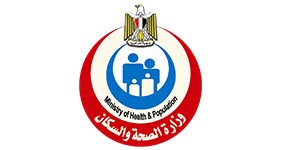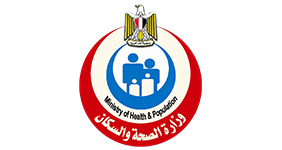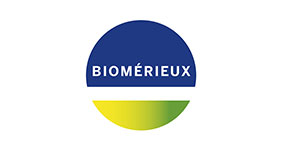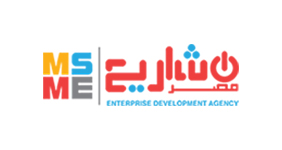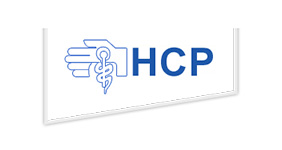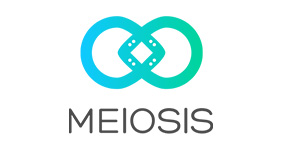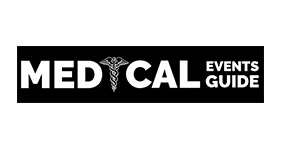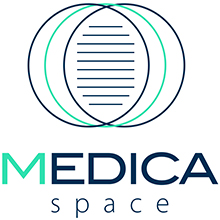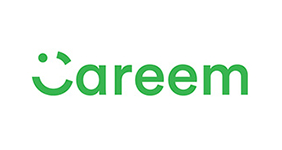Industry insights
Check the market overview, investment opportunities and other factors affecting the Egypt healthcare marketplace.
Learn what new opportunities are developing in the coming years that will impact your business.
Read the report to find out more.
With a growing population (currently over 97 million), overburdened infrastructure, outdated technology and a vital need for training and retaining skilled professionals, the healthcare sector in Egypt offers more investment opportunities than ever before.
- In view of the anticipated rise in the number of patients, the GCC may require a collective bed capacity of 118,295 by 2022, indicating a demand for 12,358 new beds.
- The region has over 700 healthcare projects worth US$ 60.9 billion under various stages of development. More than 85% of the projects, by value, are hospital projects and rest are clinics and research centres. Of the total, 264 projects worth US$ 24.7 billion are under the construction stage.
- The average health inflation in the GCC was 5.5% in 2017 and is estimated to remain at around 4.0% through 2022.
>> Read more
- Egypt: Located in Sheikh Zayed City, Giza, the 500,000 sqm New National Cancer Institute campus will become the largest comprehensive cancer centre in the region. The multidisciplinary facility combines a 1,000- bed teaching hospital and outpatient facility with a research centre, conference and training centre, faculty and scientific centre, nursing and medical technicians’ training institutes, hotel, and housing for both residents and students. Anticipated completion is in 2019.
- KSA: In November 2017, Dallah Healthcare and AWJ Investment Co. (AWJ) formed a joint venture to build and operate a hospital. Dallah Healthcare, with a 56% stake, will invest SAR 350 million (US$ 93.3 million*) for the construction of the hospital, while the land will be provided by AWJ.
>> Read more
- One: Primary care services 2.0: Within the GCC countries, integrated technology enabled primary healthcare centres are the need of the hour. The lag in delivering care expected from them and the growing concern over their ability to survive in the current health care system has led to concerns and spurred an outlook for alternatives. The traditional models that have been conventionally delivering primary care in many GCC countries have not evolved at the pace that was needed, especially with growing health services demand from patients and the growing burden of chronic diseases. Hence, we can expect the proportion of spending on primary care-led or supported propositions to rise significantly as new models emerge and as technology enables us to bridge the gap between traditional health care models and the existing service offerings.
- Two: Development of specialised centres of excellence: Future investments in the GCC health sector are expected to be driven primarily to fill the quality gap in health service delivery as opposed to just a demand-supply gap in physical infrastructure, where significant investments have already been made in most GCC countries. We have seen a visible shift in some GCC countries where a large portion of upcoming projects are in specialised facilities focusing on one or a limited number of specialties with the aim to develop centres of excellence (CoEs). CoEs are healthcare facilities focused on providing high-quality care through multidisciplinary teams. They have the ability to charge premium prices compared to their general hospital counterparts, given the superior quality and technologically advanced services that they are able to provide. A CoE proposition also helps create differentiation in the market, as it ensures provision of end-to-end patient care maintaining the continuum and could result in improved clinical outcomes in the specialties and services the centre is focused on.
>> Read more
Sources:
- EY – Investment big bets: Health care and life sciences in the GCC
- Deloitte. - 2018 Global Health Care Outlook
- Alpen Capital – GCC Healthcare Industry report
- World Bank National Accounts data and OECD National Accounts data, 2018. GDP growth (annual %)
- World Health Organization 2018, Egypt
- Central Agency for Public Mobilization & Statistics. (n.d.) Egypt Statistics
- Egypt Ministry of Health and Population. Egypt
- The Report: Egypt 2018. Oxford Business Group
- The Pulse. 7th Edition Egypt Healthcare Overview. Colliers International

